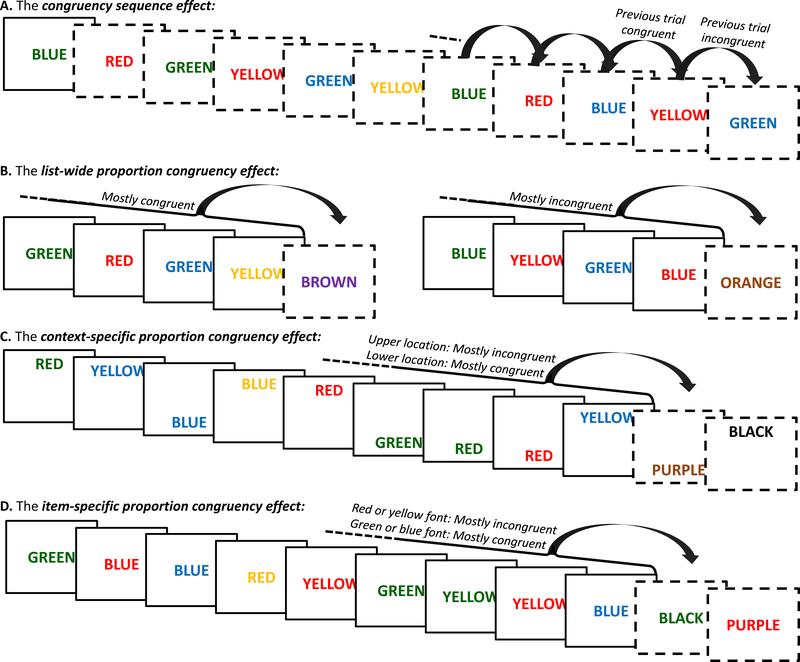Figure 1. Different indices of adaptive control in the Stroop task.
For each measure, dashed screens indicate the use of diagnostic items to study adaptive changes in behavior that were triggered by different items. Note that for the examples B-D diagnostic items are usually randomly presented among the other items (not only at the end of a run), which is here not the case for reasons of figure space. A. The congruency sequence effect measures adaptive changes following incongruent versus congruent trials. B. The proportion congruency effect measures adaptations in control in blocks where mostly congruent trials are presented (left) versus blocks where mostly incongruent trials are presented (right). C. The context-specific proportion congruency effect investigates adaptive control in contexts associated with mostly incongruent items (e.g., stimuli presented at the top of the screen) versus contexts with mostly congruent items (e.g., stimuli presented at the bottom of the screen). D. The item-specific proportion congruency effect probes adaptations in control to item features that are presented under mostly incongruent conditions (i.e., the ink colors red and yellow) versus item features presented in mostly congruent conditions (i.e., the ink colors blue and green).

